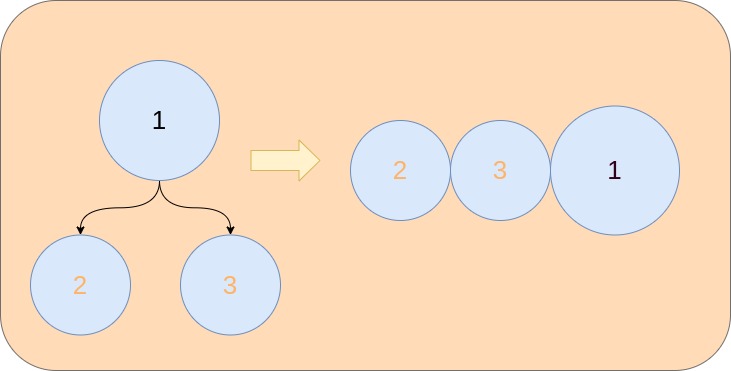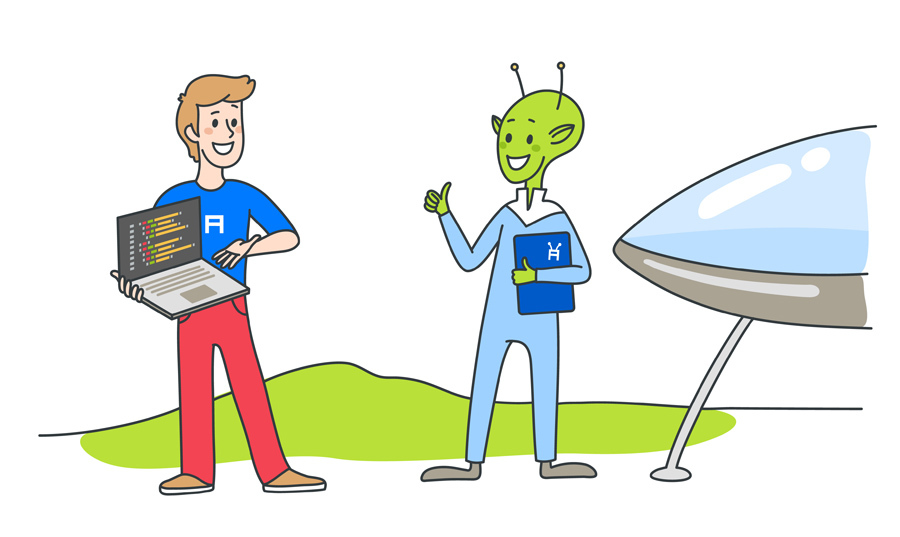
In this article, we discuss the postorder traversal of a binary tree. What does postorder traversal mean? It means that at first, we process the left subtree of the node, then the right subtree of the node, and only after that we process the node itself.
Why would we need to do it in this order? This approach solves an entire class of algorithmic problems related to the binary trees. For example, to find the longest path between two nodes we need to traverse the tree in a postorder manner. In general, postorder traversal is needed when we cannot process the node without processing its children first. In this manner, for example, we can calculate the height of the tree. To know the height of a node, we need to calculate the height of its children and increment it by one.
Let's start with a recursive approach. We need to process the left child, then the right child and finally we can process the node itself. For simplicity, let's just save the values into slice out.

